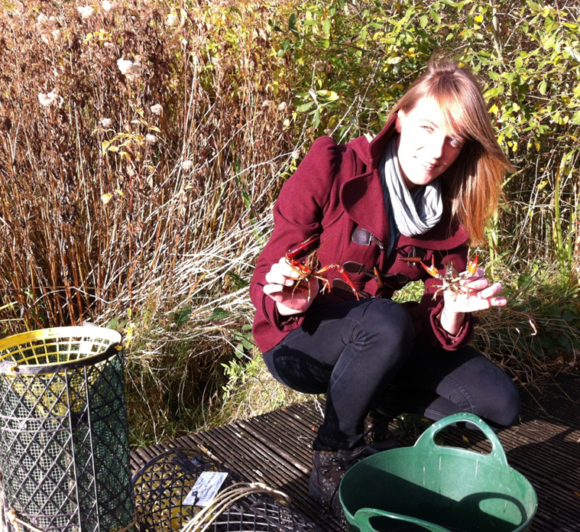28 May 2018 | By Sabrina Kumschick
Feral mammals impact the recipient environments in various and often devastating ways. The finding was the result of a study by former C·I·B Hons student Bianca Hagen and C·I·B core team member Dr Sabrina Kumschick at Stellenbosch University. The study, which was published in NeoBiota, classified impacts using three scoring schemes.
The impact of alien mammals have been assessed and described extensively. However, to be able to compare the severity of impacts between species and to help the prioritization of management, these need to be put into comparable currencies. The three impact scoring schemes used in this study, namely the Generic Impact Scoring System (GISS), the Environmental Impact Classification of Alien Taxa (EICAT) and the SocioEconomic Impact Classification of Alien Taxa (SEICAT), set out to do that. Which scheme to use in practice is however not always straightforward.
The study therefore examined the commonalities and differences between the schemes, and recommended using one scheme (EICAT or GISS) is sufficient for the assessment of environmental impacts. However, due to various aspects contributing to socioeconomic impacts, and differing ways in which the schemes assess these, it is recommended to use both, SEICAT and GISS to showcase impacts on human well-being and loss in production more directly.
To show a practical application of the data collected, the researchers tested one of the most prominent hypothesis in invasion science, which states that impacts are more severe on islands than mainlands due to simpler and less resistant systems on the former. They found evidence supporting the so called “invasion susceptibility hypothesis” insofar as impacts of feral mammals were higher on islands.
“While using more than one scoring scheme to assess the same impacts seems cumbersome and unnecessary, it can help us to get an improved understanding of the various dimensions of such impacts, especially on socio-economic systems” says Kumschick, who supervised the study. “The most labor-intensive part of the impact scoring process is to perform a thorough literature review. Once all data is collated, it can be used to populate either of the assessments.”
Read the paper:
Hagen B & Kumschick S (2018) The relevance of using various scoring schemes revealed by an impact assessment of feral mammals. Neobiota 38: 37-75. https://doi.org/10.3897/neobiota.38.23509
For more information, contact Sabrina Kumschick at sabrinakumschick@sun.ac.za




